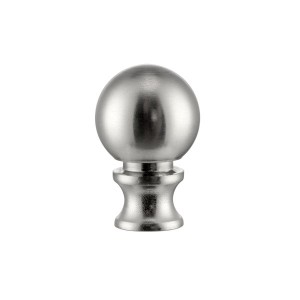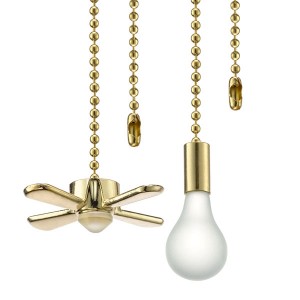Analysis of lampshade materials
Introduction: The lampshade is a very important part of a lamp. It not only plays a role in dust prevention, providing soft light, and increasing decoration, but also can create different visual effects and atmospheres through different material choices. Common lampshade materials include fabric, metal, glass, etc. Each material has its unique characteristics and applicable scenarios. This article will analyze these common lampshade materials, hoping to help customers choose suitable materials.
1、 Fabric lampshade:
Fabric lampshade is the most common lampshade material, with a soft and natural texture, suitable for creating a warm and comfortable atmosphere. The advantage of fabric lampshade is that it can choose different colors, patterns, and textures according to your preferences and needs, and it is also relatively easy to clean. Moreover, fabric lampshades can effectively block the light bulb, making the light softer and avoiding direct eye contact. The disadvantage is that the fabric lampshade is not very wear-resistant and is prone to stains and dust, requiring regular cleaning and maintenance. Fabric lampshade is suitable for creating a warm atmosphere in spaces such as bedrooms, living rooms, and study rooms.
2、 Metal lampshade:
Metal lampshades are usually made of metal wire or sheet metal, which has the characteristics of being sturdy and durable. The advantage of metal lampshade is good fire resistance, which can effectively protect the light bulb and has high safety; Moreover, metal materials can effectively emit light, making the light brighter. In addition, metal lampshades have a variety of shapes and can have various creative designs, creating modern, industrial, or retro styles. The disadvantage is that the weight of the metal lampshade is relatively large, requiring special pendant lamp brackets to withstand it. Metal lampshades are suitable for spaces that require a bright atmosphere and unique design, such as living rooms, restaurants, and commercial venues.
3、 Glass lampshade:
Glass lampshade is an elegant choice with transparent and bright characteristics, allowing light to fully penetrate and emit infinite beauty. The advantage of a glass lampshade is that it has a variety of shapes, can have various texture and pattern designs, and can provide different lighting effects. Moreover, the glass material is relatively sturdy, not easily damaged, and easy to clean. The disadvantage is that the glass lampshade is relatively heavy and requires special brackets and installation methods. In addition, since glass is transparent, it is necessary to pay attention to the selection of light bulbs to avoid glare or direct sunlight. Glass lampshade is suitable for spaces that require bright and clear lighting effects such as restaurants, kitchens, bathrooms, etc.
Conclusion: In addition to the three common lampshade materials mentioned above, there are also some other special materials for lampshades, such as plastic, bamboo, wood, crystal, etc. These material lampshades have their own characteristics and can be selected according to personal preferences and needs. In short, selecting the appropriate lampshade material requires considering different factors, such as personal preferences, decorative style, lighting needs, etc. Fabric lampshades are suitable for spaces that require a warm atmosphere, metal lampshades are suitable for spaces that require bright and unique design, and glass lampshades are suitable for spaces that require bright and clear lighting effects. I hope the above content can help customers choose suitable materials and create an ideal lighting atmosphere.
Types of Lighting Parts
Ready to Start Your Lighting Parts Project?
Post time: Aug-22-2023








